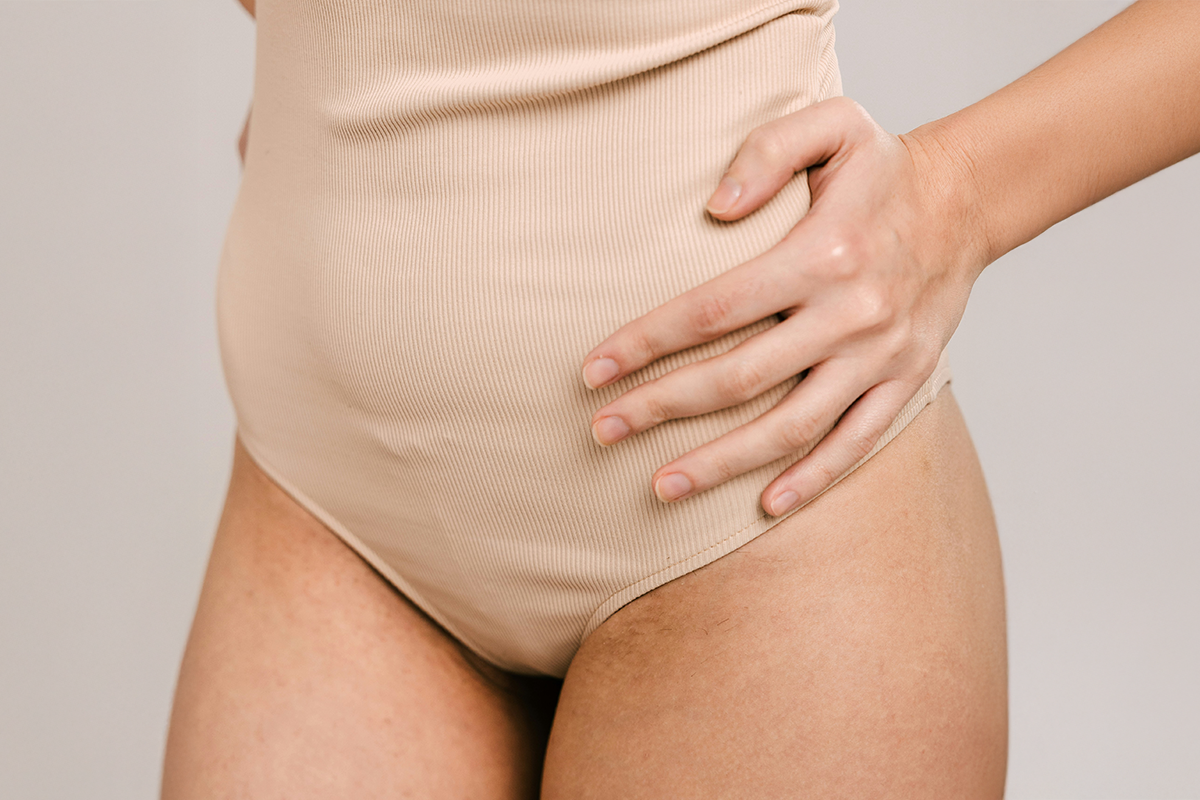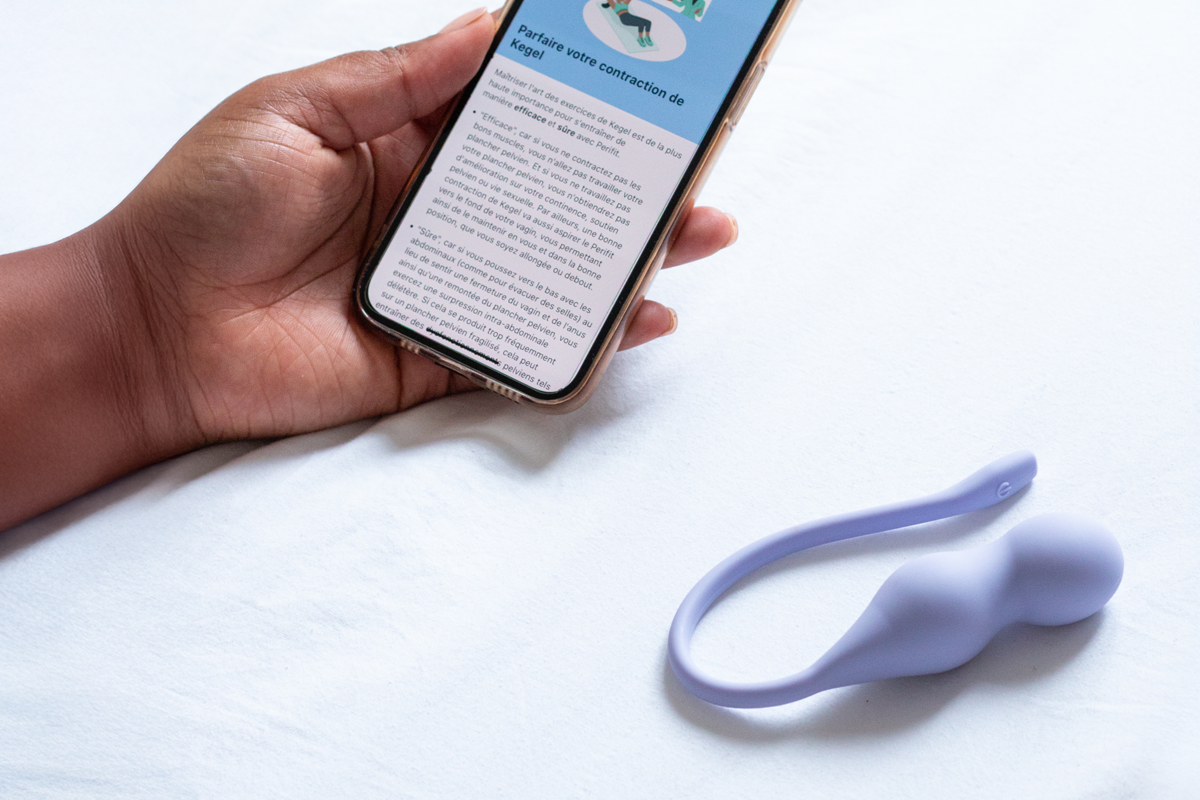Living with an overactive bladder can significantly impact your daily life and overall well-being. While medical treatments are available, dietary changes can play a crucial role in managing symptoms. The foods and beverages you consume directly affect bladder function, potentially exacerbating or alleviating OAB symptoms. By making informed choices about your diet, you may experience relief from frequent urges and accidents. This article explores optimal food selections to support bladder health and reduce OAB symptoms. Understanding the connection between nutrition and bladder function empowers you to take control of your condition through mindful eating habits.
What is an overactive bladder (OAB)?
Overactive bladder (OAB) is a chronic condition characterized by sudden, uncontrollable urges to urinate. People with OAB (1) may need to urinate frequently during both day and night. This urgency can lead to involuntary urine leakage, known as urgency incontinence.
OAB affects millions of adults, significantly disrupting daily life and causing self-consciousness. Up to 33 million (2) U.S. adults experience OAB symptoms, including 30% of men and 40% of women. While more common in those over 65, OAB can impact people of all ages.
💡 The exact causes of overactive bladder are not fully understood, but involuntary bladder muscle contractions often play a key role in symptom development.
Proper diagnosis and treatment can help manage this challenging but treatable condition.
How does your diet impact bladder health?
Your dietary choices play a crucial role in managing overactive bladder (OAB) symptoms. Research suggests (3) that certain foods and beverages can irritate the bladder, exacerbating urinary urgency and frequency. Caffeine, alcohol, and carbonated drinks are common culprits in an OAB diet. Studies have shown (4) that increased fluid intake, particularly of caffeinated beverages, is associated with increased urinary frequency and urgency.
On the other hand, adopting a Mediterranean-style diet (5) rich in fruits, vegetables, and whole grains may have a protective effect against OAB. This dietary pattern's anti-inflammatory properties could help mitigate bladder irritation. Additionally, foods that strengthen pelvic muscles, such as those rich in magnesium and vitamin D, can support pelvic health, which in turn may alleviate some of the discomfort associated with OAB.
💡 You may alleviate OAB symptoms and improve your quality of life by making informed food choices and avoiding foods that tend to trigger OAB.
How long does it take for a diet change to affect OAB symptoms?
Dietary modifications can have a significant impact on overactive bladder (OAB) symptoms, but the timeline for improvement varies. Some individuals may notice changes within a few days of adopting an OAB diet, while others may require several weeks to experience relief. The key is consistency in following the recommended foods for overactive bladder and avoiding trigger foods.
Typically, it takes about 2-4 weeks of adhering to an overactive bladder diet to see noticeable improvements. During this period, eliminate foods to avoid with OAB, such as caffeine, alcohol, and acidic items. Simultaneously, increase intake of bladder-friendly options. Keep a food diary to track your progress and identify specific triggers affecting your symptoms.
💡 Remember, everyone's body responds differently, so patience is crucial when implementing dietary changes for OAB management.
Best foods for overactive bladder
A well-balanced diet can help manage OAB symptoms. Here are some bladder-friendly foods to consider:
Bladder-Friendly Vegetables:
- Leafy greens: spinach, kale
- Cruciferous vegetables: broccoli, cauliflower
- Fiber-rich options: beans, peas, lentils
Healthy Fats:
- Avocados
- Olive oil
- Nuts and seeds
Water-Rich Fruits for Hydration:
- Watermelon
- Berries: strawberries, blueberries, raspberries
- Citrus fruits: oranges, grapefruits
By focusing on these bladder-friendly foods and maintaining proper hydration, and incorporating other natural remedies for bladder incontinence, you can potentially improve your OAB symptoms and overall quality of life.
Foods and drinks to avoid with OAB
Bladder irritants to eliminate
Certain foods and beverages can exacerbate overactive bladder (OAB) symptoms. Caffeine, found in coffee, tea, and energy drinks, is a major culprit. It acts as a diuretic, increasing urine production and bladder irritation.
Acidic fruits and juices, like citrus and tomatoes, can also trigger OAB symptoms.
Carbonated beverages, alcohol, and artificial sweeteners are additional items to avoid with overactive bladder. These are also foods to avoid with pelvic floor dysfunction, as they can increase irritation and discomfort.
Spicy foods and timing considerations
Spicy foods may irritate sensitive bladders, so it's best to limit these in your OAB diet. Additionally, be mindful of fluid intake timing. While staying hydrated is crucial, reduce fluid consumption in the evening to minimize nighttime urges (between 1-2 hours prior to bedtime).
💡 By avoiding these trigger foods and adjusting your eating habits, you can better manage OAB symptoms and improve your quality of life.
What can I drink with an overactive bladder?
When managing overactive bladder (OAB), your beverage choices play a crucial role. Water should be your go-to drink, as staying hydrated is essential. However, timing is key - spread your fluid intake throughout the day and limit it before bedtime to reduce nighttime urination.
Sample overactive bladder meal plan
Creating an overactive bladder diet plan involves choosing foods that support bladder function while avoiding potential irritants.
Here's a sample overactive bladder meal plan:
Breakfast:
- Spinach and egg white omelet with avocado slices
- Whole grain toast with nut butter
- Berries and plain yogurt
Lunch:
- Lentil and vegetable soup
- Mixed green salad with olive oil dressing
- Sliced watermelon
Dinner:
- Baked salmon with roasted broccoli and cauliflower
- Quinoa pilaf
- Fresh orange slices
Snacks:
- Handful of mixed nuts and seeds
- Cucumber slices with hummus
- Fresh blueberries
💡 Remember to stay hydrated by drinking water throughout the day, but limit fluids a few hours before bedtime to reduce nighttime urination.
Can intermittent fasting help with overactive bladder?
While intermittent fasting is not specifically recommended as a treatment for overactive bladder (OAB), some research suggests it may provide potential benefits. Intermittent fasting involves cycling between periods of eating and fasting, which can help reduce inflammation and improve overall health. By reducing inflammation, intermittent fasting may indirectly alleviate bladder irritation and overactivity.
However, it's essential to stay hydrated during fasting periods and consult a healthcare professional before making significant dietary changes, especially if you have a pre-existing condition like OAB.
Are there supplements that support bladder health?
Yes, there are several supplements that may support bladder health and help manage overactive bladder (OAB) symptoms. Some of the most commonly recommended supplements include:
- Pumpkin seed extract: Rich in phytonutrients, pumpkin seed extract may help improve bladder control and reduce urinary frequency.
- Gosha-jinki-gan: This traditional Japanese herbal blend has been found to be effective in treating OAB symptoms, particularly in older adults.
- Vitamin C: As an antioxidant, vitamin C may help protect the bladder from oxidative stress and inflammation.
- D-mannose: This natural sugar can help prevent and treat urinary tract infections (UTIs), which can contribute to OAB symptoms.
- Cranberry extract: Like D-mannose, cranberry extract can help prevent UTIs by inhibiting bacterial adhesion to the bladder walls.
It's important to consult with a healthcare professional before starting any new supplement regimen, as they can provide guidance on appropriate dosages and potential interactions with existing medications.
By incorporating bladder-friendly foods and avoiding potential irritants, you can take control of your symptoms. Remember to stay hydrated with water while limiting caffeine and alcohol. Opt for fiber-rich fruits and vegetables to promote healthy digestion and bladder function. Additionally, certain vitamins for pelvic floor dysfunction, like vitamin D and magnesium, can help support pelvic muscle health and alleviate discomfort. Consider keeping a food diary to identify personal trigger foods. With mindful eating habits and the nutritional strategies outlined in this article, you have powerful tools to alleviate OAB symptoms naturally. Ultimately, a tailored diet approach, combined with other lifestyle modifications and medical guidance, offers the best path toward bladder health and comfort.





